Yes I remember that and how AGE’s are formed:
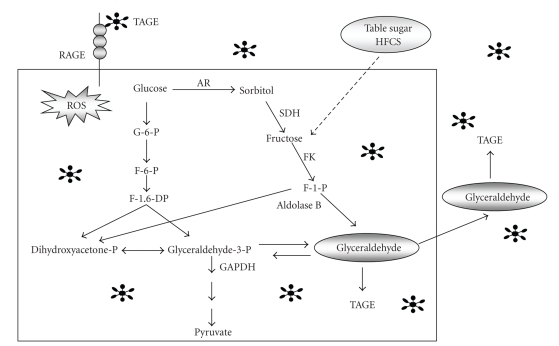 image link
image link
[1] “…A growing body of evidence suggests that the interaction of glyceraldehyde-derived AGEs (Glycer-AGEs), but not glucose-derived AGEs (Glc-AGEs), with RAGE elicits oxidative stress generation in numerous types of cells (vascular wall cells, mesangial cells, Schwann cells, and cortical neurons), all of which could contribute to the pathological changes seen in diabetic vascular complications of Alzheimer’s disease [10–13]. We have recently found that Glycer-AGEs stimulated the growth and migration of cultured human melanoma cells and that anti-RAGE antibodies inhibited the tumor formation and lung metastasis of melanoma cell xenografts and subsequently improved survival in athymic mice [14]. However, the effects of Glycer-AGEs on other cancer cells remains poorly understood, and the molecular mechanisms behind their effects have not been clarified. In the present study, we examined the effects of Glycer-AGEs on cultured human lung adenocarcinoma A549 cells and showed that Glycer-AGEs enhanced their malignancy rather than their proliferation. …” …More
[2] “…There is accumulating evidence that engagement of RAGE with various ligands elicits oxidative stress generation and subsequently activates the RAGE downstream pathway in the liver, thereby contributing to the development and progression of numerous types of hepatic disorders. …” …More
[3] 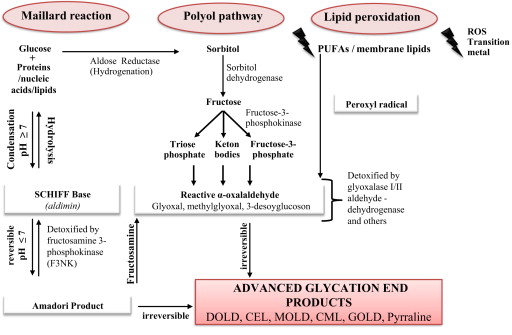 Fig. 1. Formation of advanced glycation end products in vivo. Endogenous formation of advanced glycation end products has been described by three different paths in vivo: the non-enzymatic Maillard reaction, the Polyol-Pathway and lipid peroxidation. During all three reactions, formation of AGEs occurs over formation of reactive carbonyl compounds, such as glyoxal, methylglyoxal and 3-desoxyglucoson. If detoxification is impaired, they are able to react further until the formation of irreversible AGEs …” …More
Fig. 1. Formation of advanced glycation end products in vivo. Endogenous formation of advanced glycation end products has been described by three different paths in vivo: the non-enzymatic Maillard reaction, the Polyol-Pathway and lipid peroxidation. During all three reactions, formation of AGEs occurs over formation of reactive carbonyl compounds, such as glyoxal, methylglyoxal and 3-desoxyglucoson. If detoxification is impaired, they are able to react further until the formation of irreversible AGEs …” …More
[4] “…Many people will be familiar with the fact that variation in red blood cell turnover confounds this measurement. Less well known is that variations in the deglycating enzyme fructosamine 3-kinase (FN3K) also confound the measurement. Counter-intuitively, if you have a higher rate of this deglycating enzyme but a lower rate of downstream metabolism of 3-deoxyglucosone, your lower Hba1c could actually mean MORE glycation. I
conclude that Hba1c is a useful test, but only in the context of a bigger picture put together with more information. …” …More
[5] Fructose causes endothelial cell damage via activation of advanced glycation end products–receptor system
[6] Evidence That Differences in Fructosamine-3-Kinase Activity May Be Associated With the Glycation Gap in Human Diabetes
[7] Level of Glycation Gap in a Healthy Subject: Conclusions: In considering the values GG in the study group, particular significance should be attributed to a progressive increase of GG with advancing age. Elderly people who are at risk of developing diabetes, or who have already developed the disease, may not exhibit the classic symptoms expected. Age-related changes can mean that some symptoms will be masked, or more dificult to spot. It is worth pointing out that HbA(1C) together with GG must be taken into account in the correct interpretation of the glycation processes. …More
[8] “…Animal-derived foods that are high in fat and protein are generally AGE-rich and are prone to further AGE formation during cooking.[3] However, only low molecular weight AGEs are absorbed through diet, and vegetarians have been found to have higher concentrations of overall AGEs compared to non-vegetarians.[4] Therefore it is unclear whether dietary AGEs contribute to disease and aging, or whether only endogenous AGEs (those produced in the body) matter.[5] This does not free diet from potentially negatively influencing AGE, but implicates dietary AGE may be less important than other aspects of diet that lead to elevated blood sugar levels and formation of AGEs.[4][5] …” …More

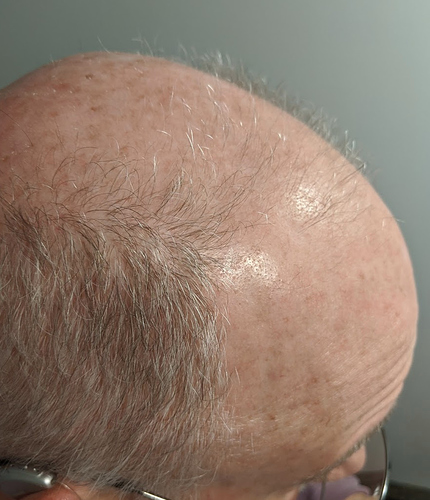


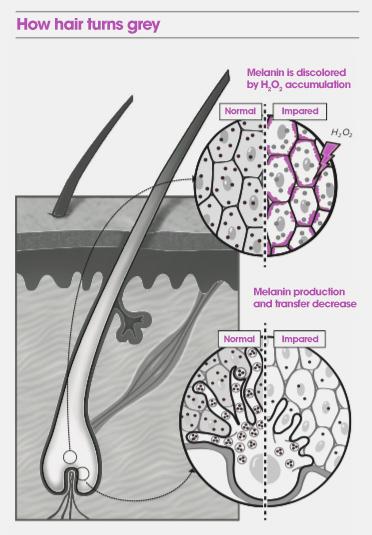
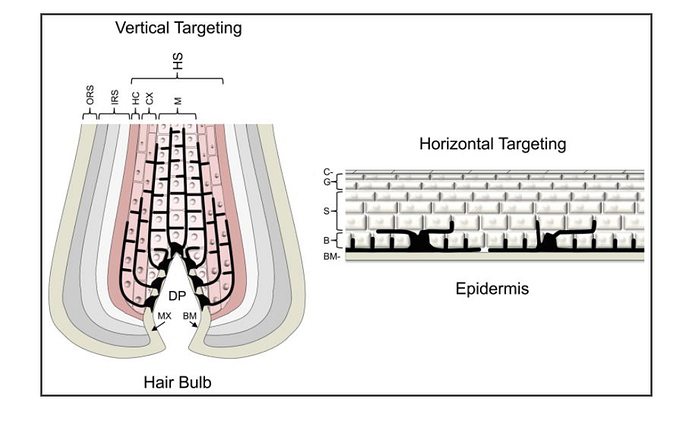
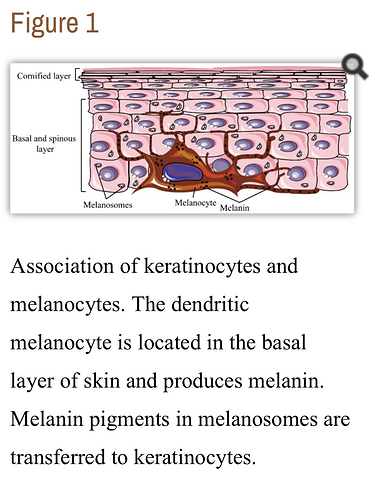



 Love it!!
Love it!!